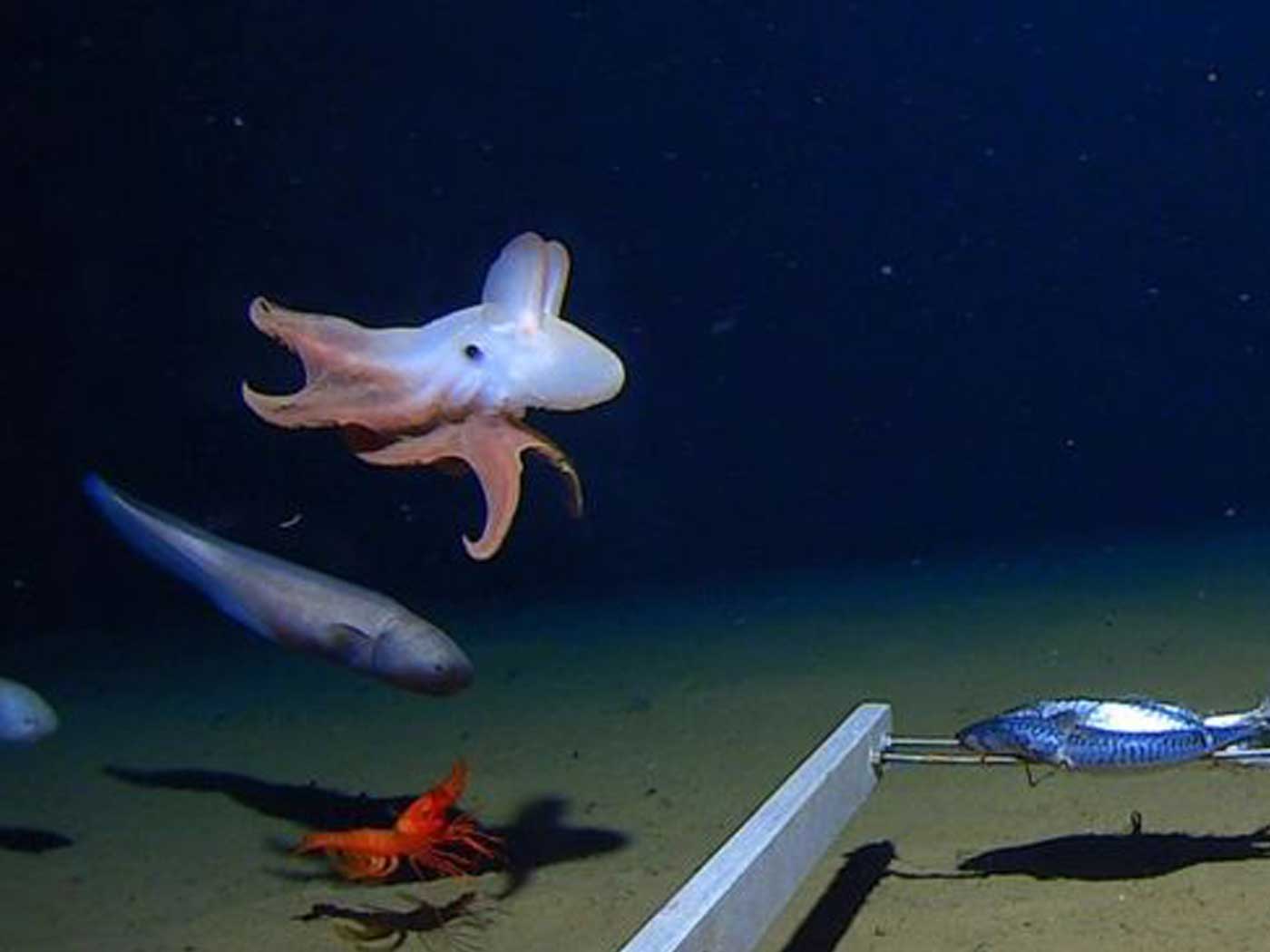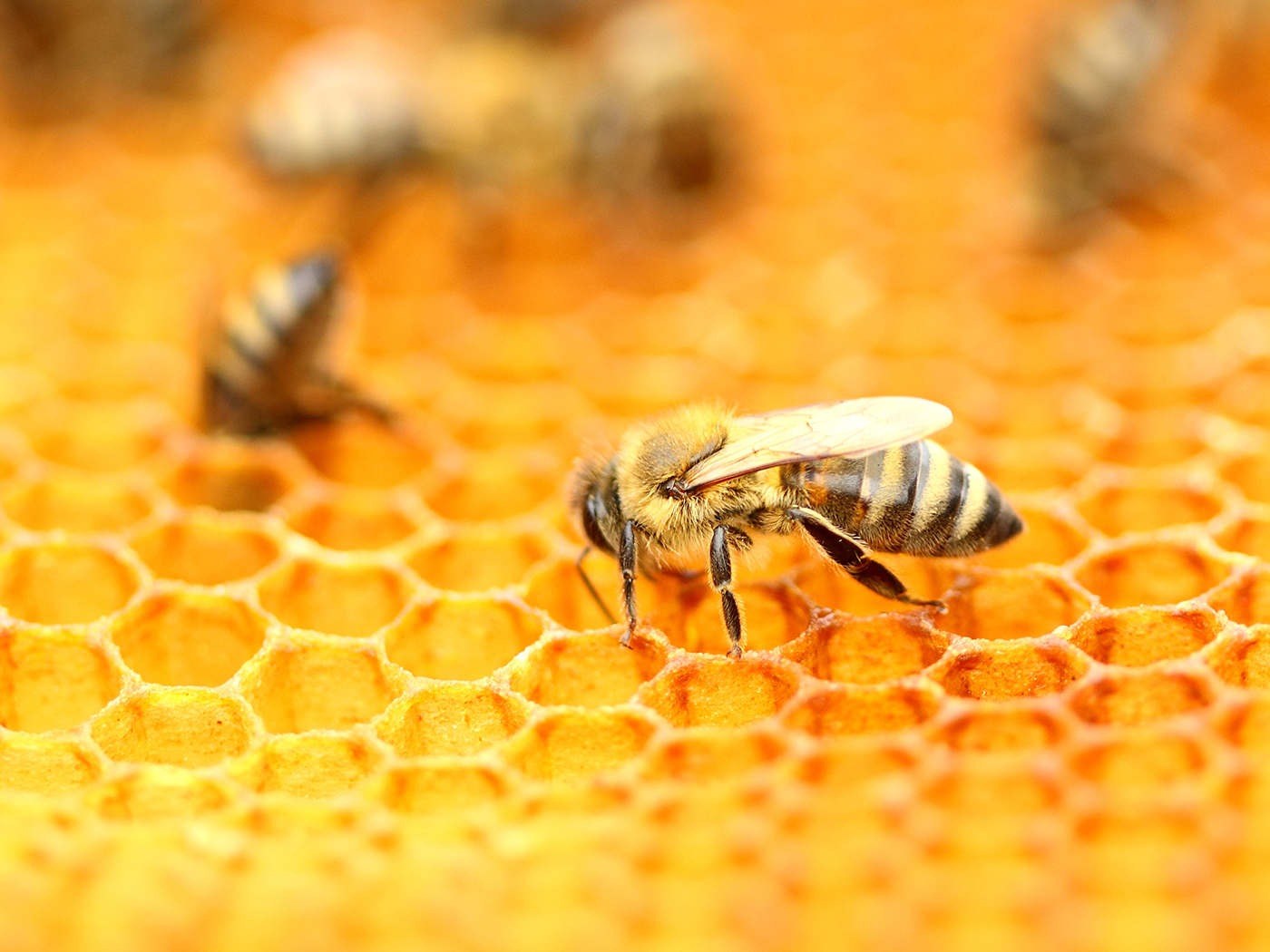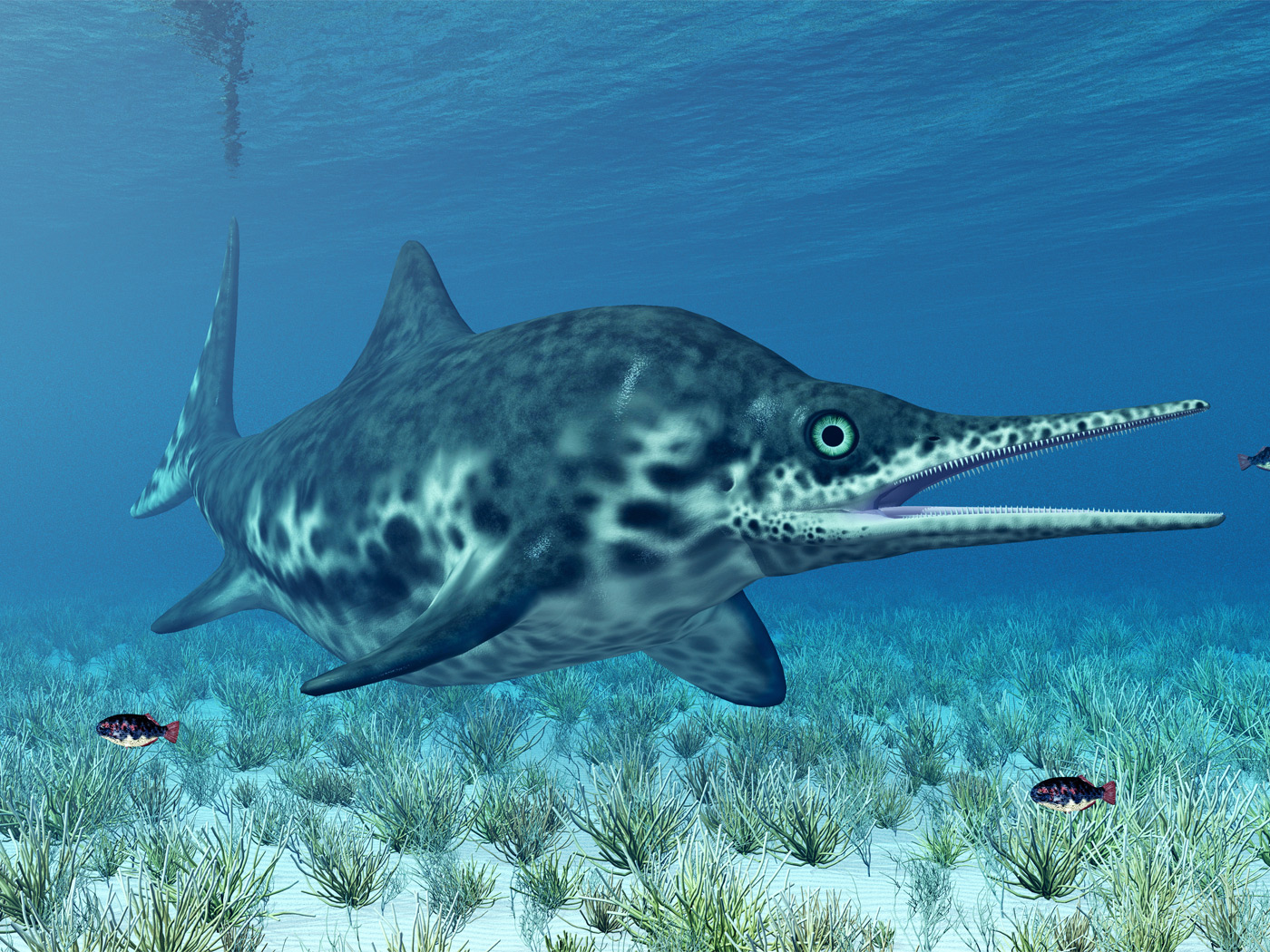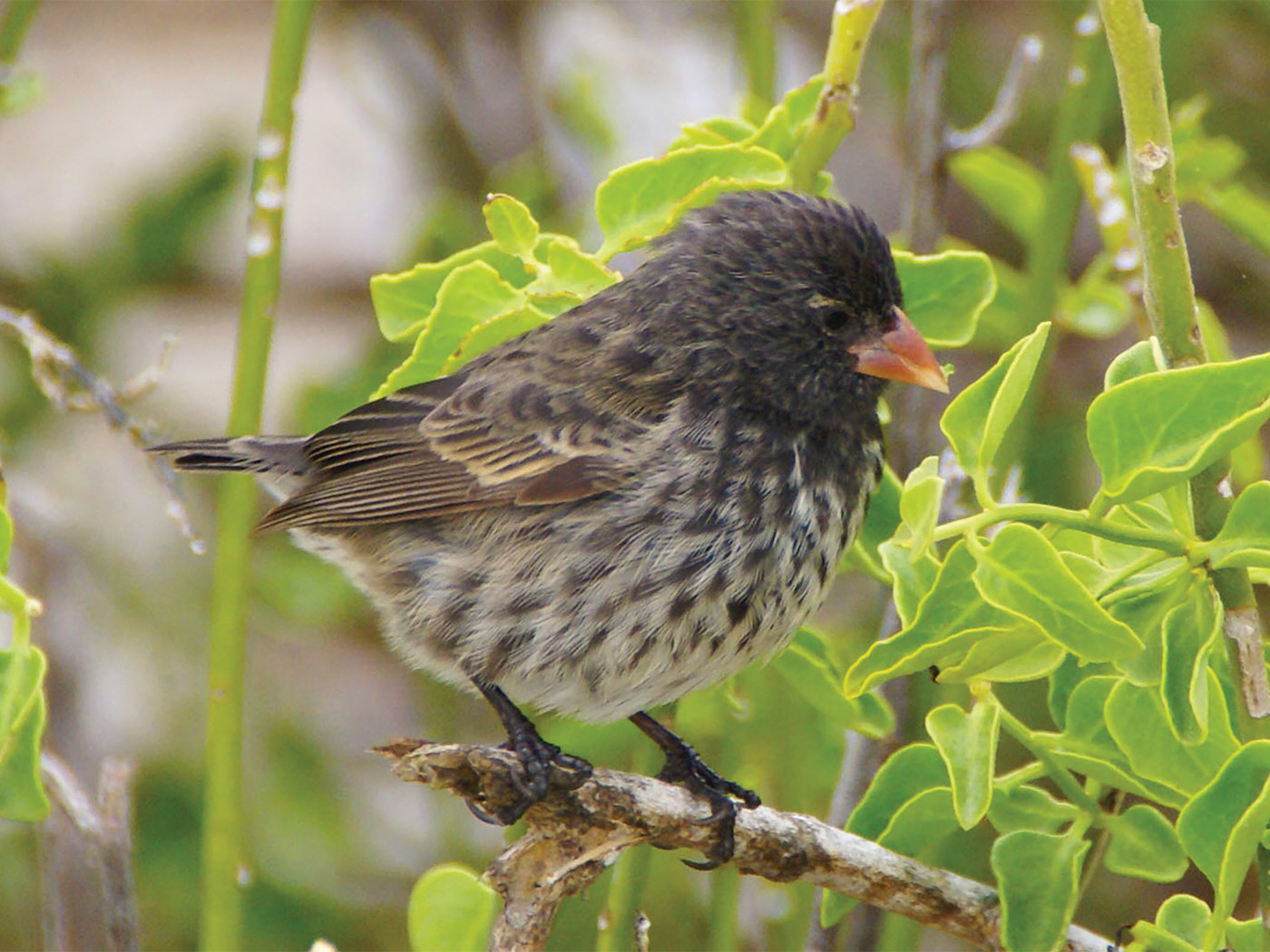Contrary to Darwinian theory, creatures are not molded by the environment, but rather they actively sense the environment and adapt accordingly. They continuously track their environmental surroundings through complex networks of sensors and then rapidly deploy pre-programmed adaptive solutions to maintain homeostasis. While many scientists have been documenting this phenomenon at the individual organism level, little is known how this works in large populations. A new study was published showing how fruit fly populations rapidly and dynamically adapt both phenotypically (bodily traits) and genetically on a genome-wide level in only one summer-to-fall season—defying the Darwinian evolutionary explanation of a slow gradualistic process of mutation and selection.1
Fruit flies (D. melanogaster) have long been a model for biological and genetic studies. They have a very short generation time with a lifespan of about 30-40 days and a small genome size that is easily studied for genetic changes. While much research in fruit flies has been done in the laboratory, this new project studied their seasonal adaptation in large replicated outdoor enclosures that each contained a dwarf peach tree along with supplemental food. The researchers sampled the fly populations at five different time points from summer to late fall. They not only analyzed them for a variety of important biological traits but also sequenced their genomes at each time point as well.
Over the seasonal course of the study, the researchers noticed consistent and coordinated shifts among fly populations in the replicated enclosures for fecundity (reproductive ability), egg size, starvation resistance, and freeze tolerance. These important adaptive traits for fruit flies living in the wild were directly linked with specific changes in DNA sequence across their genomes. The researchers reported, “These patterns of rapid adaptation were observed for multiple fitness-associated phenotypes, each with a complex and likely distinct genetic architecture.”
The research revealed rapid and repeatable adaptation during the seasonal shifts in observable outward traits coupled with specific genome modifications. In other words, the data did not fit the standard model of slow gradualistic Darwinian evolution (mutation and selection), but instead pointed to a rapid and predictable innate system-wide adaptive process. In fact, the researchers consistently used terminology pointing to design, claiming, “The phenotypic and genomic patterns observed in this study are consistent with a form of adaptive tracking in which populations adapt in response to continuous environmental shifts,” and “We detect rapidly fluctuating patterns of adaptation that suggests populations of D. melanogaster are continuously and adaptively tracking the environment.”1
These new results defy the slow Darwinian paradigm of mutation and selection and instead point to complex adaptive design engineered into creatures by their Creator, the Lord Jesus Christ. The Institute for Creation Research (ICR) has been a leading proponent of Continuous Environmental Tracking (CET) which specifically predicts the same type of coupled biological and genetic outcomes that studies like this report.2 In fact, much of the same verbiage used by the authors of this study, despite their Darwinist bias, is the same type of terminology used in a design-based model of adaptation explained by CET.
References
1. Rudman, S., et al. 2022. Direct observation of adaptive tracking on ecological time scales in Drosophila. bioRxiv. doi.org/10.1101/2021.04.27.441526.
2. Guliuzza, R. 2019. Engineered Adaptability: Continuous Environmental Tracking Wrap-Up. Acts & Facts. 48 (8).
*Dr. Tomkins is Director of Research at the Institute for Creation Research and earned his doctorate in genetics from Clemson University.
"Adaptive Tracking" in Seasonal Fruit Fly Populations
The Latest
A Giant Ichthyosaur: Largest Ever Marine Reptile?
Paleontologists have discovered portions of a giant ichthyosaur’s lower jawbone on Blue Anchor Beach at the southern entrance to the United Kingdom’s...
New Titanosaur Species Discovered in Uruguay and Argentina
The pre-Flood world had some truly massive dinosaurs, and the largest of them were in the group Sauropodomorpha.1 Within this group were...
May 2024 ICR Wallpaper
"Have I not commanded you? Be strong and of good courage; do not be afraid, nor be dismayed, for the LORD your God is with you wherever you...
Was a Key to Photosynthesis Evolution Discovered?
Northern Canadian lakes were the source of recently discovered unique photosynthetic bacteria of the phylum Chloroflexota. After years of culturing,...
CREATION PODCAST
Four Moons That Indicate a Young Universe | The Creation Podcast:...
Earth has one moon, but Jupiter has many! What can we learn from our celestial neighbor's satellites? Do they indicate youth?
Host...
Creation Kids: Seeds and Sprouts
by Renée Dusseau and Susan Windsor*
You're never too young to be a creation scientist and explore our Creator's world. Kids, discover...
APOLOGETICS
Christ’s Creativity in Canyon Critters
Grand Canyon animals display many marvelous traits and behaviors as they live life in that harsh habitat. These canyon creatures succeed thanks to the...
Standing Against False Science
I’m Michael Stamp, and I’m in my 12th year as an editor at the Institute for Creation Research. It’s always an encouragement to see...
Oysters and Pre-Flood Longevity
The oyster species Crassostrea virginica, also known as the eastern oyster, is a prized seafood. Research has demonstrated that a fossil version of...
Galápagos Finches: A Case Study in Evolution or Adaptive Engineering?
A group of birds known as Darwin’s finches live in the Galápagos Islands, which are located in the Pacific Ocean 600 miles west of Ecuador....






















